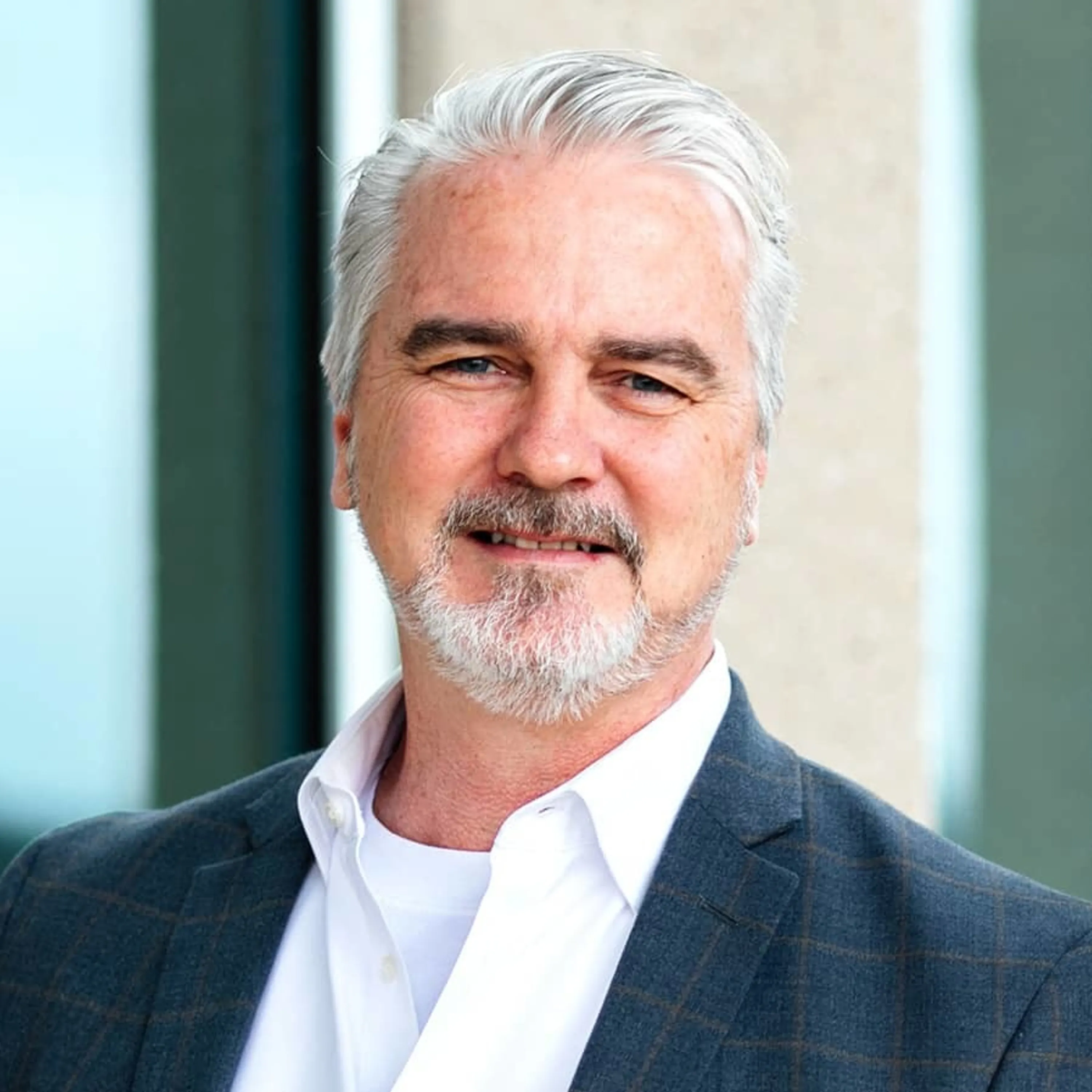When companies instituted a mandatory working from home policy at the beginning of the pandemic in 2020, many firms were caught unprepared, particularly those that were only used to a 100% office occupancy. Firms that were able to pivot more successfully were those that already had a distributed work force with policies and technology support in place.
The companies that found their productivity unimpeded during the “shut-down” were those that focused on the individual employee challenges. Enhanced, direct communication and support were quickly provided - everything from stress management to improving home office technology. New policies that focused on individual well-being aided the transition when employees returned.
In this third of our series of “Return to Work” interviews, Bill Cowan, Director of Facility Management North America at Wolters Kluwer shares how his company was able to quickly switch to a work from home model as well as a “new normal” return due to their investments in technology and innovation with their focus on communications and employee well-being.
“… it's going to be important to have a robust digital environment for employees when they come back to work”
Bill A Cowan, CFM, RPA - Director of Facility Management North America, Wolters Kluwer
VIDEO TRANSCRIPT
Hi, my name is Bill Cowan. I'm the director of facility management for North America. I work for Wolters Kluwer. We're a service technology company. We serve tax and accounting, legal and health markets. … and marked at 2020, about 95% of our workforce pivoted to working from home. Now, nearly two years later, 50% of our workforce is now back in the office. Everything is going fantastic, and we expect things to be even better with time to come.
STAYING IN TOUCH
We've always had a distributed workforce and employees are used to collaborating virtually. And since the beginning of the pandemic, we placed a special emphasis on communicating and connecting employees through newsletters, special events, and town hall meetings. People understandably felt overwhelmed as they transitioned to working from home. We offered initiatives and communications on how to set up a home office. We offered training to our people leaders on how to train virtually and we offered sessions on stress management, mindfulness and self-care.
DIFFERENT ENERGY AT HOME
When you're working from home, it's a different energy than you get from the office and I know like in sales, from what I've been told, they love the collaboration when the whole team's together, the energy it provides, the creativity that comes out of those meetings are always great and I think that part is never going to go away. I think you're going always have or need people to be in the office. Prior to the pandemic, 25% of our workforce was already remote. I mean, we're a tech company, we're used to investing in infrastructure, technology infrastructure and innovation and culture. Because the resources were already in place, it helped us facilitate connectivity and collaboration. It also helped us pivot that 95% remote workforce and ensure minimal disruption to our business, our customer and our employees.
Teams was the primary vehicle to stay in touch with employees. I know for my staff, the check-ins, constant check-ins, the one-on-ones that I would normally have, even if it's for five or 10 minutes, just to see how people are doing, what's their mindset, what can I help them with, if they needed their monitors to work from home, because it's difficult to have a laptop in front of you and work and you need... You miss those monitors and the ergonomics part was a big piece of it too.
PRE-PANDEMIC LESSON
We renegotiated our lease with our location that's in Wichita. It consisted of two floors, two and a half floors. We had some space on the first floor and we had some space on one of the other floors and we negotiated giving back some space. So we approached our senior sponsor and presented this idea to him and he shot it down. He felt that employees could not work remotely and be as productive. It just goes to show you that the staff were able to be productive, we're seeing that now. Staff were able to work, function, and do their jobs and it's too bad we didn't have that foresight before because that site would be complete, and we still haven't done it.
FIVE YEARS DOWN THE ROAD
Looking into my crystal ball and what do I see in five years? I know that I'm going to keep my day job and I'm going to stay out of the predicting business because I'm not good at it. All my predictions at this point have not worked out, but I do know it's going to be important to have a robust digital environment for employees when they come back to work. I think we're going to learn and develop and grow as we move forward in this whole process, like everybody else, the entire world. We'll see what works best, works best for the business and employees, obviously. If anything, we may not need as much space as we have in the past. So as leases come to term, we'll have to look at that, reevaluate, look at our occupancy, like we've done a lot, no different from any other project or decommissioning of an office.
WORK SMARTER NOT HARDER
[The] primary focus for us is the safety and the wellbeing of our staff and our employees, regardless of the square footage, the footprint that we're working with. If anything, we may not need as much space as we have in the past. So as leases come to term, we'll have to look at that and reevaluate, look at our occupancy. We look at how often folks are coming into the building, what do those numbers look like and if they fall below a certain threshold, then it's smart, we are working for the business and we want to work smarter not harder.





